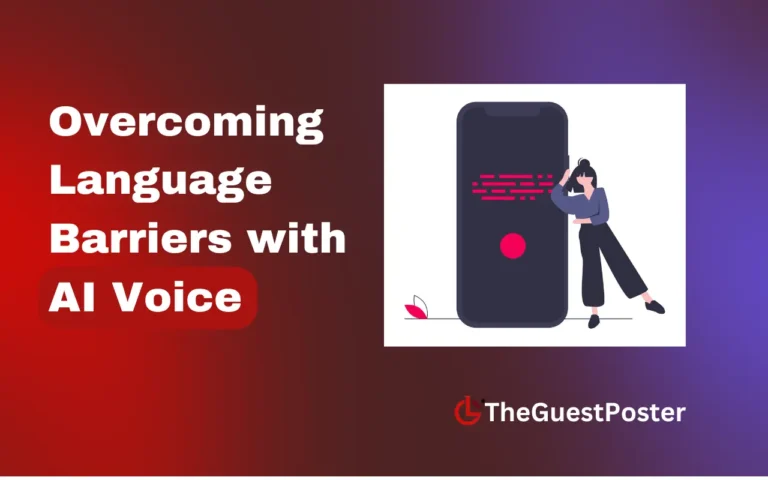Understanding How ChatGPT Works: A Comprehensive Guide
ChatGPT, developed by OpenAI, has revolutionized the way we interact with artificial intelligence. As a language model, it generates human-like text based on user inputs, making it a powerful tool for tasks ranging from drafting emails to answering complex questions. To fully appreciate ChatGPT’s capabilities, it’s essential to delve into its underlying architecture, training methodologies, and operational mechanisms.
1. The Architecture: Generative Pre-trained Transformer (GPT)
At the heart of ChatGPT lies the Generative Pre-trained Transformer (GPT) architecture. GPT is a type of deep learning model known as a transformer, which has significantly advanced natural language processing (NLP) due to its efficiency in handling sequential data.
- Transformers: Introduced in the 2017 paper “Attention Is All You Need,” transformers utilize a mechanism called attention to process input data. This allows the model to weigh the importance of different parts of the input text, enabling it to capture complex relationships and dependencies within the data.
- Generative Pre-training: Before fine-tuning for specific tasks, GPT models undergo pre-training on vast amounts of text data. During this phase, the model learns to predict the next word in a sentence, effectively capturing the structure and nuances of the language.
2. Training Process
ChatGPT’s training involves two primary phases: pre-training and fine-tuning.
- Pre-training: The model is exposed to a diverse and extensive dataset comprising books, articles, websites, and other textual sources. By predicting the next word in sentences, ChatGPT learns grammar, facts about the world, reasoning abilities, and some level of common sense.
- Fine-tuning: After pre-training, ChatGPT undergoes fine-tuning on a narrower dataset with human reviewers following specific guidelines. This phase refines the model’s responses, making them more aligned with human expectations and ethical considerations.
3. Tokenization and Input Processing
When a user inputs a prompt, ChatGPT processes the text through tokenization. This involves breaking down the text into smaller units called tokens, which can be words or subwords. Each token is then converted into a numerical representation, allowing the model to process and understand the input.
4. Contextual Understanding and Response Generation
ChatGPT generates responses by predicting the next token in a sequence, considering the context provided by the user. It does this by analyzing the input tokens and using its trained parameters to produce a sequence of tokens that form a coherent and contextually appropriate response.
5. Reinforcement Learning from Human Feedback (RLHF)
To enhance the quality and safety of its responses, ChatGPT employs Reinforcement Learning from Human Feedback. In this process, human reviewers evaluate the model’s outputs and provide feedback. This feedback is used to adjust the model’s parameters, guiding it to produce more accurate, helpful, and less harmful responses.
6. Limitations and Challenges
Despite its advanced capabilities, ChatGPT has certain limitations:
- Factual Accuracy: ChatGPT may generate plausible-sounding but incorrect or nonsensical answers. It doesn’t have access to real-time information and cannot verify facts.
- Contextual Understanding: While ChatGPT can maintain context within a conversation, it may struggle with long-term context or nuanced understanding, leading to responses that might seem out of place.
- Ethical Considerations: Ensuring that ChatGPT’s outputs are safe and align with ethical standards is an ongoing challenge. Efforts are continually made to reduce biases and prevent the generation of harmful content.
7. Recent Developments
OpenAI has recently introduced GPT-4.5, an advanced iteration of the GPT series. This model aims to enhance the user experience by more closely mimicking human interaction, excelling in recognizing patterns, generating creative insights, and displaying higher emotional intelligence. GPT-4.5 is also significantly more expensive to train and operate, reflecting its increased capabilities.
8. Applications of ChatGPT
ChatGPT’s versatility allows it to be applied across various domains:
- Customer Support: Automating responses to common inquiries, providing 24/7 assistance.
- Content Creation: Assisting in drafting articles, blogs, and creative writing.
- Education: Serving as a tutor or educational tool, explaining complex concepts in simple terms.
- Programming Help: Generating code snippets, debugging, and explaining code functionalities.
9. Future Prospects
The development of ChatGPT and similar models is ongoing. Future iterations aim to improve factual accuracy, contextual understanding, and ethical considerations. Integrating multimodal inputs, such as images and videos, and enhancing real-time information processing are areas of active research.
Conclusion
ChatGPT operates through a sophisticated combination of transformer architecture, extensive training on diverse datasets, and fine-tuning with human feedback. This enables it to generate human-like text responses across a wide range of applications. While it represents a significant advancement in AI-driven language models, understanding its mechanisms and limitations is crucial for effectively leveraging its capabilities.






